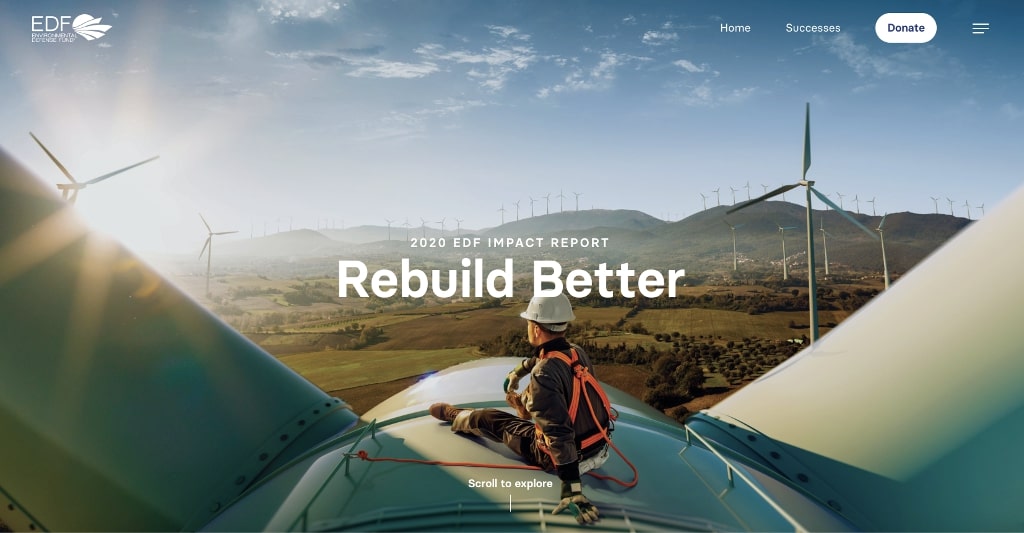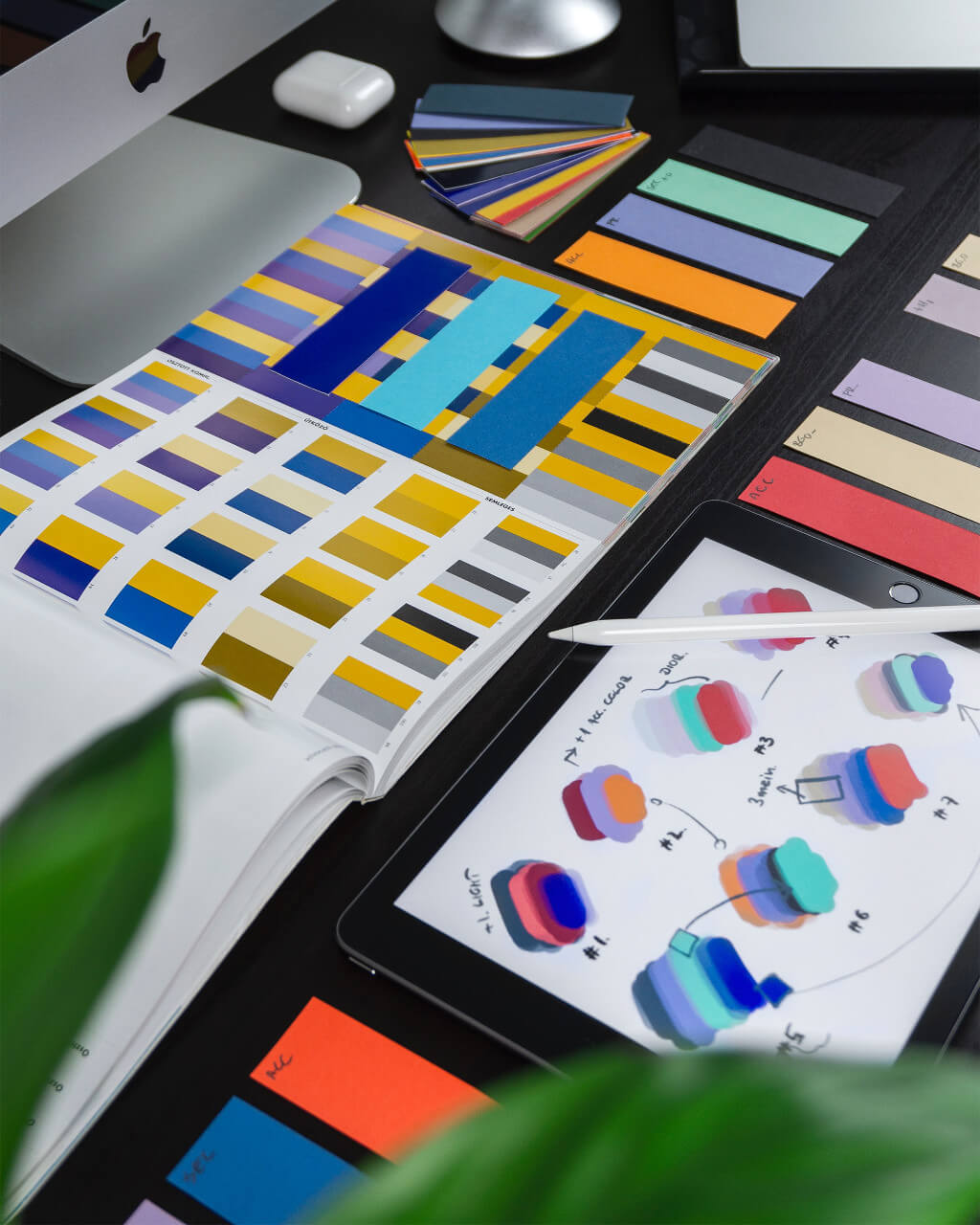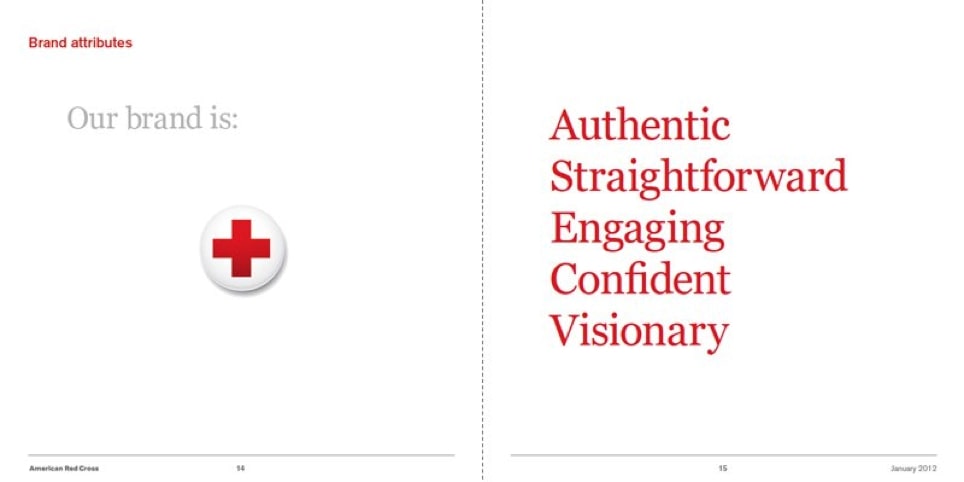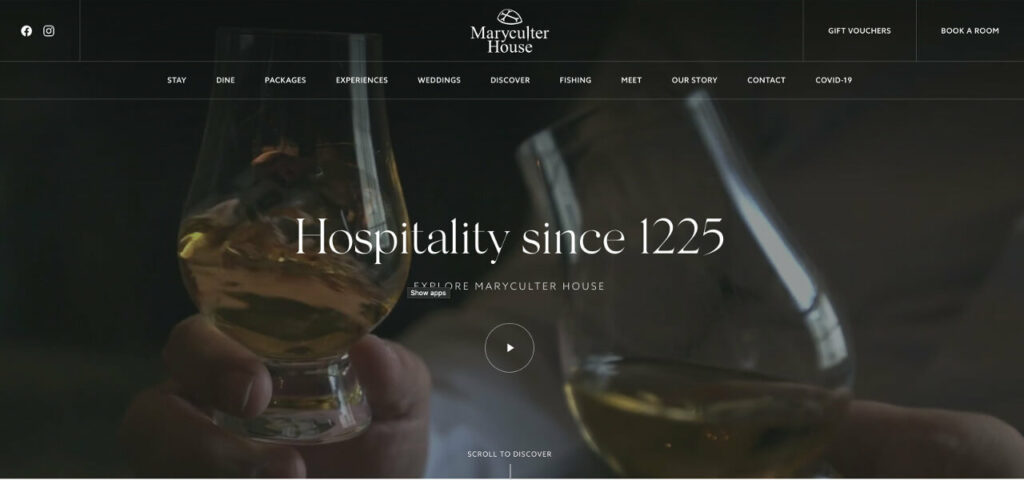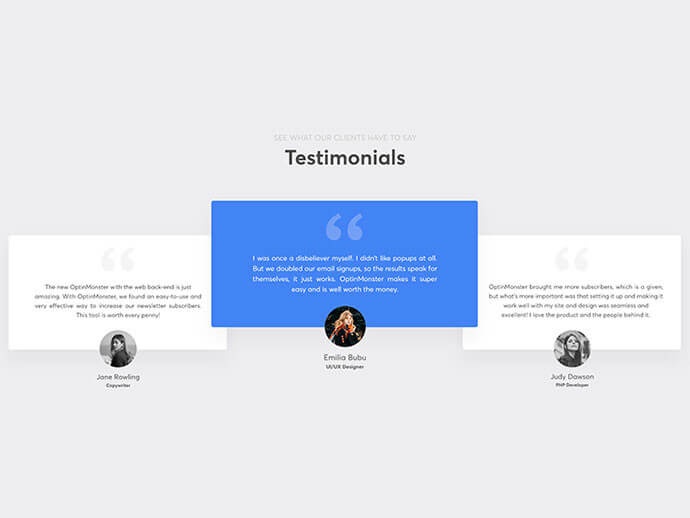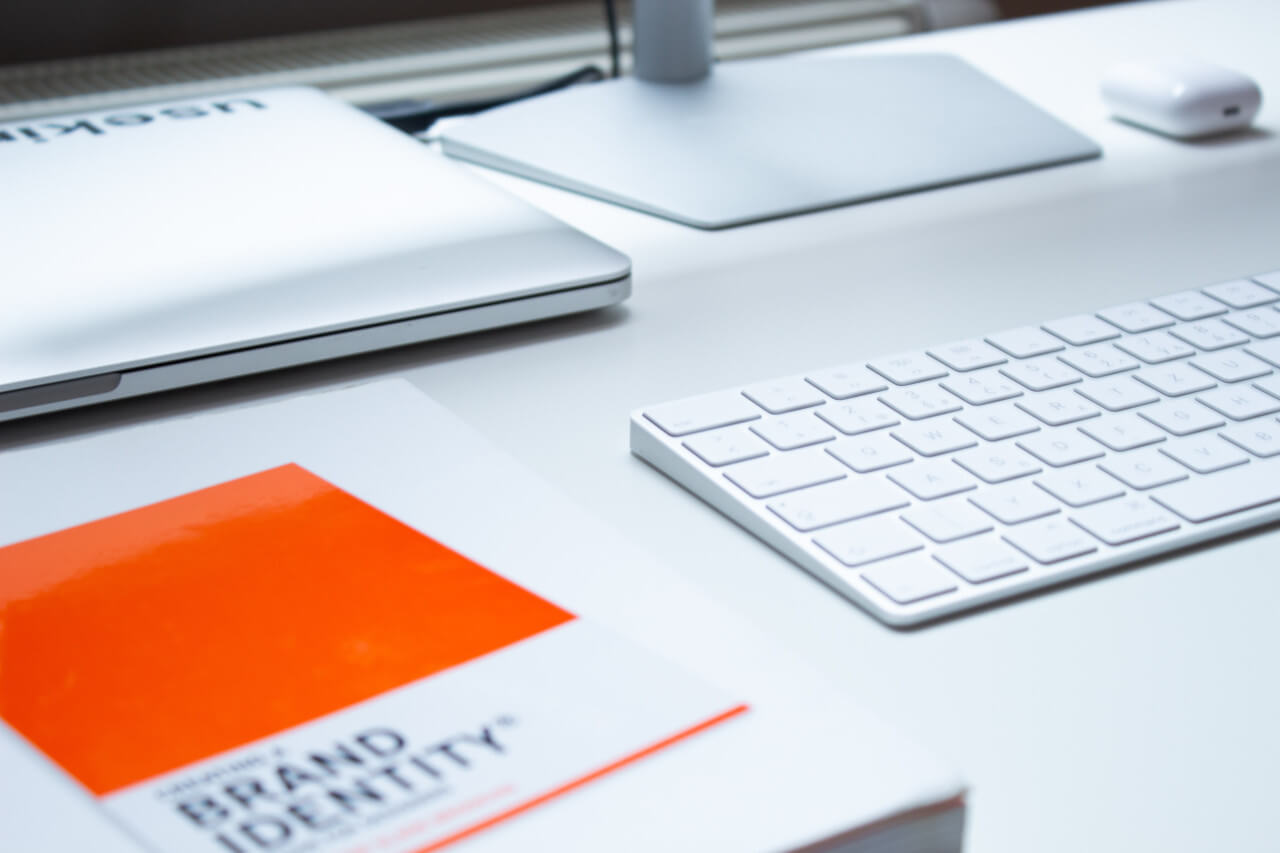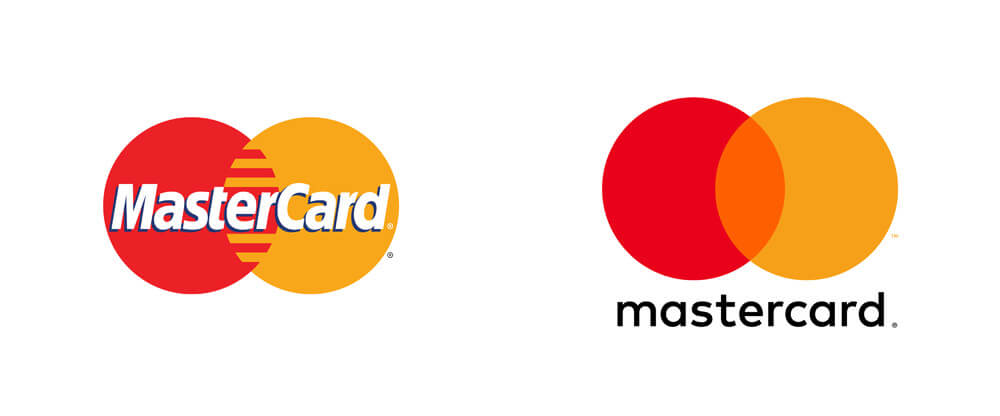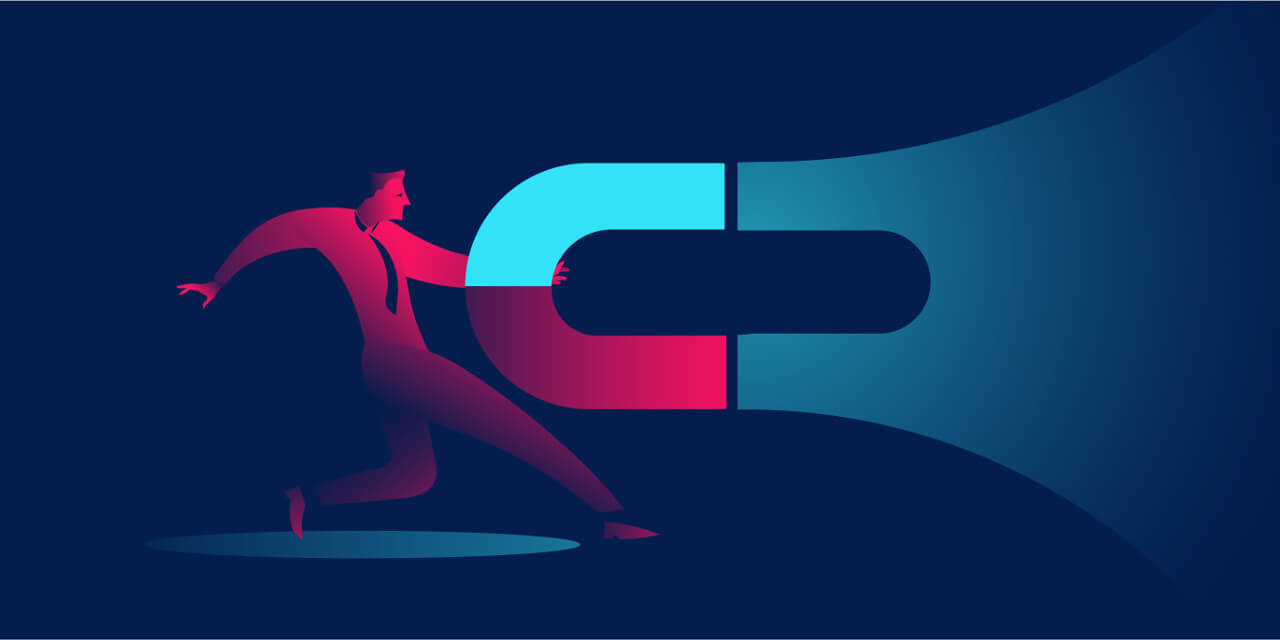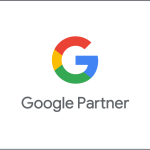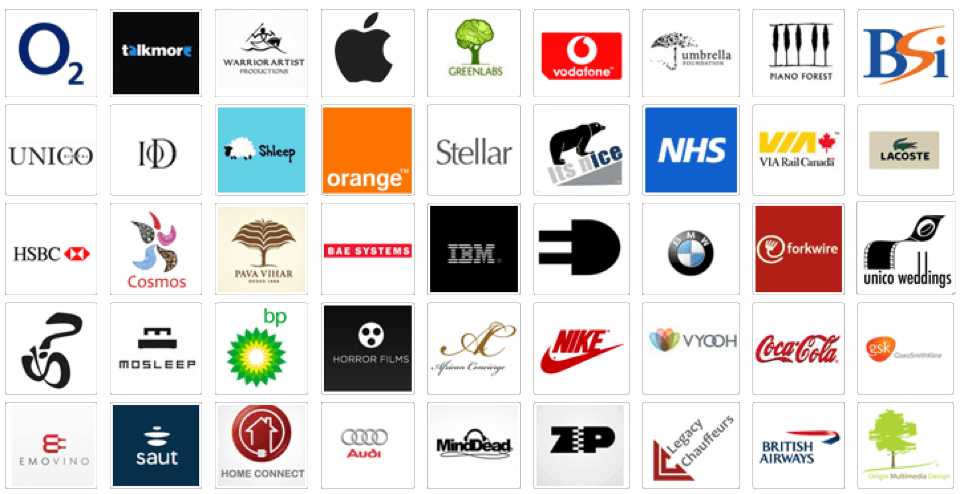
To understand the characteristics of a great logo, we must first consider what it’s for. A logo is basically a visual tool for mentally conditioning the business’ target audience. Businesses need a way to differentiate themselves from their competitors and do this through branding and unique stylisation of their packaging, stationery, advertisements and the key messages that they offer. A logo is a unique visual form that represents the ownership of a particular good or service and is most likely the first thing that customers encounter when dealing with a business.
There are 3 main types of logo design, first is a wordmark logo which is a distinct text-only and typographically treated name of a company, product, or institution. The second is a pictorial logo which is an icon or graphic-based logo such as a bird, shell, checkmark, etc. The third are abstract logo marks which is a specific type of pictorial logo. Instead of it being a recognisable image such as an apple or camera, it’s an abstract geometric form that represents a business. Choosing which type of logo for a business comes with a lot of factors that need to be considered such as the type of industry the business is in, its personality, the name, and what best suits the brand.
The characteristics of a good logo is that it is distinct, memorable, simple, versatile and appropriate. The concept or meaning is usually behind an effective logo, and it communicates the intended message of the business or service.
SIMPLE
Many of the most effective and iconic logos in history are very simple. From Apple’s iconic design to the golden arches of McDonald’s, simple logos are easy to remember and are recognisable. Simplicity is an important element for logo design because people only focus on a logo for a very short time and it should express the brand’s personality effectively. It is the first impression that people get when they encounter a brand and conditions them to think of the brand in thinking and buying situations.
MEMORABLE
Another key element of a good logo is that it is memorable, even from the first time you see it. One of the goals of a logo is creating a connection with the audience and generating engagement with your brand. When the audience can easily recall your logo and brand, they are more likely to connect with the company. Logos that are memorable and produce a good impact are valuable because they help the brand stick in consumers’ minds.
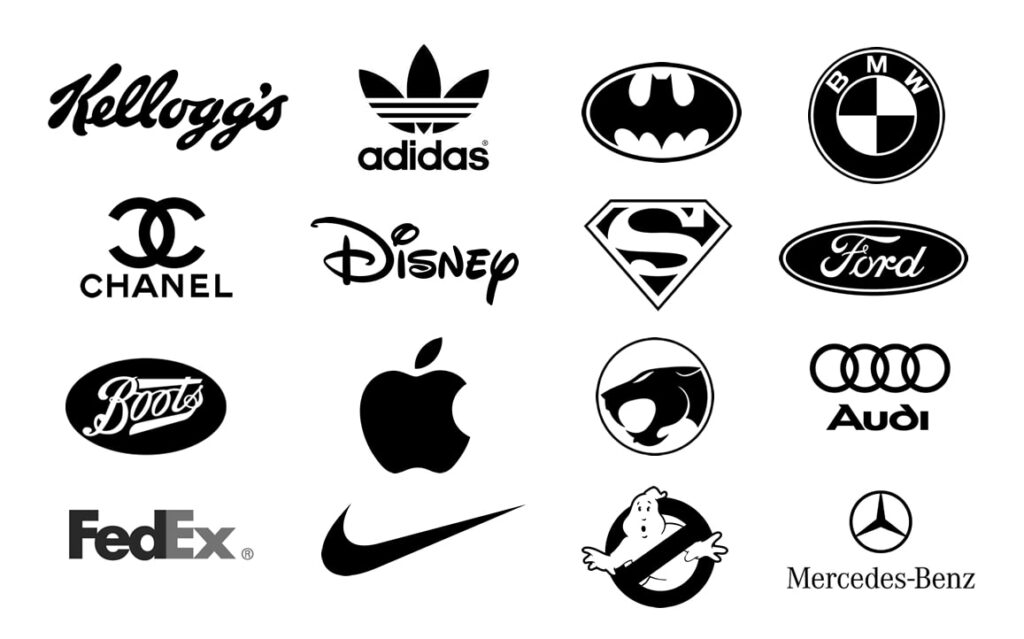
DISTINCT
Recall all the unforgettable logos stored in your memory: McDonald’s, Apple, Twitter would be some of mine. We remember these kinds of logos because apart from seeing them non-stop, they’re distinct and unforgettable. Good logos stand out from the crowd by being unique, original and memorable. Your logo must attract people at first glance while expressing trust and reliability upon numerous interactions. A distinct logo design calls for a unique concept. Logo design is the combines graphics and great ideas to achieve the best representation of the brand and keep that representation in the target audience’s mind.
VERSATILE
A good functional logo should be able to work across a variety of mediums and applications such as print or digital formats. A logo should be identifiable in any scalable size and work in both horizontal and vertical formats. It needs to be flexible in terms of colour, so that the integrity of the logo is not compromised when converted to either black and white. This versatility in logo design is important because as businesses evolve both in terms of marketing strategy and technology, a good versatile logo will still hold relevant and age gracefully along with the business.
APPROPRIATE
How a logo is positioned should be appropriate depending on the nature of the business. An example would be designing a logo for a child’s daycare. It would be appropriate to have fun, childlike and colourful elements but would not be appropriate for a business such as a car dealer. The logo doesn’t need to show what a business sells or the service it offers. ie. Car brands don’t need to show cars, computer logos don’t need to show computers. The Airbnb logo isn’t a house and Samsung’s logo isn’t a mobile phone or technology. A logo is used basically for identification. All these characteristics are a framework into what makes a good and successful logo. It is up to both the client and designer to collaborate into developing and designing a logo that combines both functionality and design aesthetic, and best represents the business to help consumers remember and identify it.



